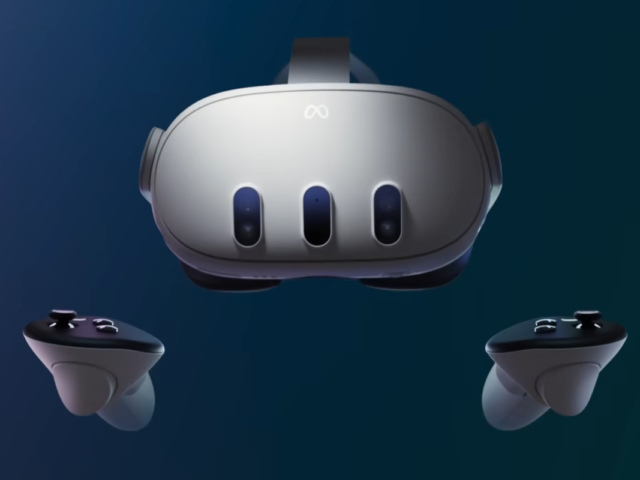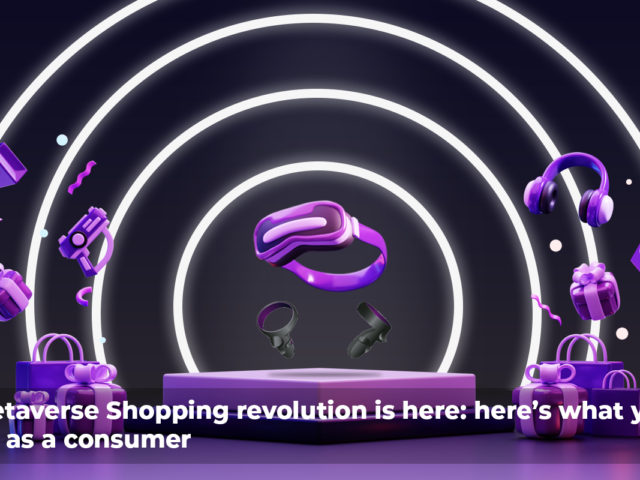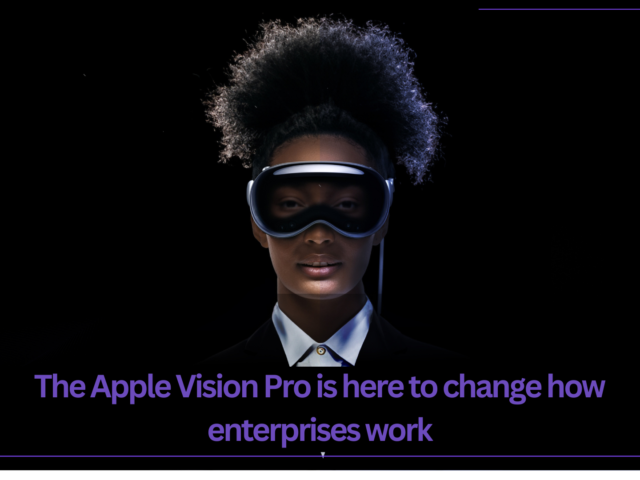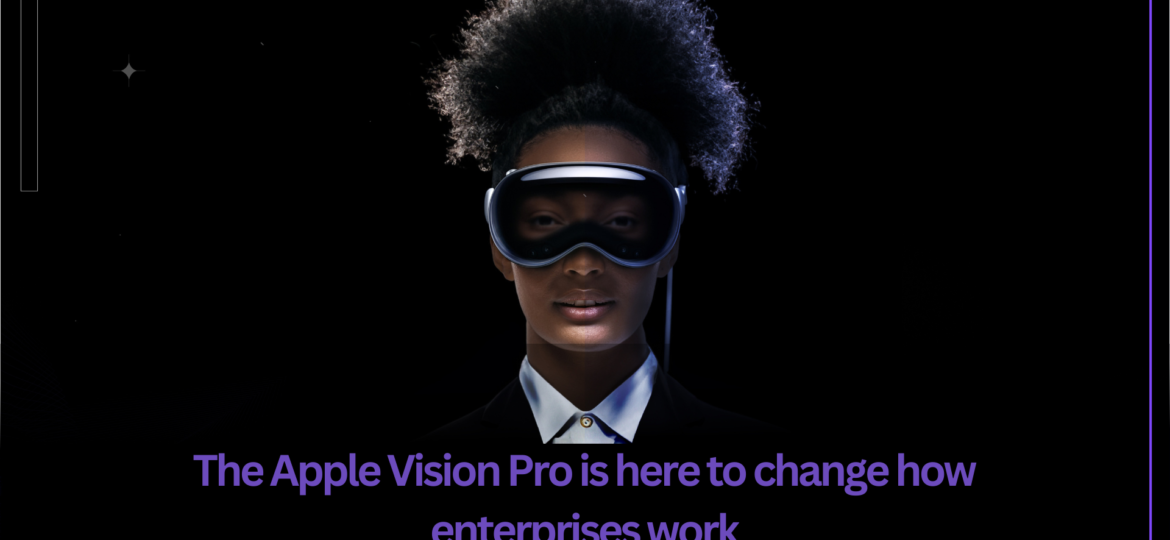
Apple brings forth a new vision for Enterprises
40 years ago, they used to sit heavy on your desk. After that, they could be stuffed into your backpack. Soon after, they were safely nestled into your hands or pockets. And now, they will sit proudly on your face.
June 01 20234 mins read
40 years ago, they used to sit heavy on your desk. After that, they could be stuffed into your backpack. Soon after, they were safely nestled into your hands or pockets. And now, they will sit proudly on your face.
That’s right- Apple is reinventing personal computing yet again.
In its Worldwide Developer Conference (WWDC) 2023, Apple kickstarted the new era of Spatial Computing by launching its extended reality (XR) headset- The Vision Pro. The Vision Pro will eliminate the need to use a 2D interface for a 3D machine to function in our 3D world. It will allow users to incorporate the real world into their computing experience and vice versa, in a way it has never been done before.
But is that enough to justify the $3500 price tag? Well, it depends on what you use it for.
If you think of the Vision Pro as just a cool AR/VR gadget that you can use to play games and have hyper realistic video calls, your view is limited. Instead, think of it as a spatial computing platform, which can
- Replace your 8K TV with a 3D TV that has an unlimited screen size
- Transform your laptop into a dynamic workstation with multiple screens and collaboration tools
- Eliminate the need for a smartphone to connect you to the internet and your loved ones.
Reframing the Vision Pro’s use cases in this manner gets you closer to the truth. But as to whether the price tag is justified- the answer lies in Enterprise.
Enterprises have always been a pioneer in leveraging frontier technologies like 3D Printing, AI, Autonomous Vehicles etc. Enterprises are able to onboard these technologies faster than the consumer market because,
- Usage is often in a controlled environment and conditions
- End users are more open to exploring the potential of the technology and living with its shortcomings as long as they can prove considerable business ROI
But before we even consider Enterprise use cases, let’s talk numbers. If an enterprise wants to invest in the Vision Pro for solving its problems, it would need to consider not just the cost of the headset, but also the cost of developing software to use it for specific cases.
An average pilot development can range anywhere between $50,000-100,000. If we consider the need to buy 3 headsets for a focussed study, the total cost will range between $60500 – 110500. Assuming the lifetime of this particular version is two years, any enterprise with problems worth more than $200,000 a year can and should invest in a Vision Pro solution.
With this in mind, let’s look at what the Vision Pro can do for enterprises.
1. Factory Planning
Factory Planning was among the few enterprise use cases that Apple showed off in its keynote- and for good reason. Manufacturing industries expend a lot of resources in creating efficient production lines. However, when it comes to brownfield projects, which involve redeveloping existing sites, it can get complicated to figure out where upcoming machinery will fit in, especially if there is no 3D data available for the current plant. VisionPro will allow planners to seamlessly place the 3D Models of upcoming machinery on the factory floor and analyze whether it fits.
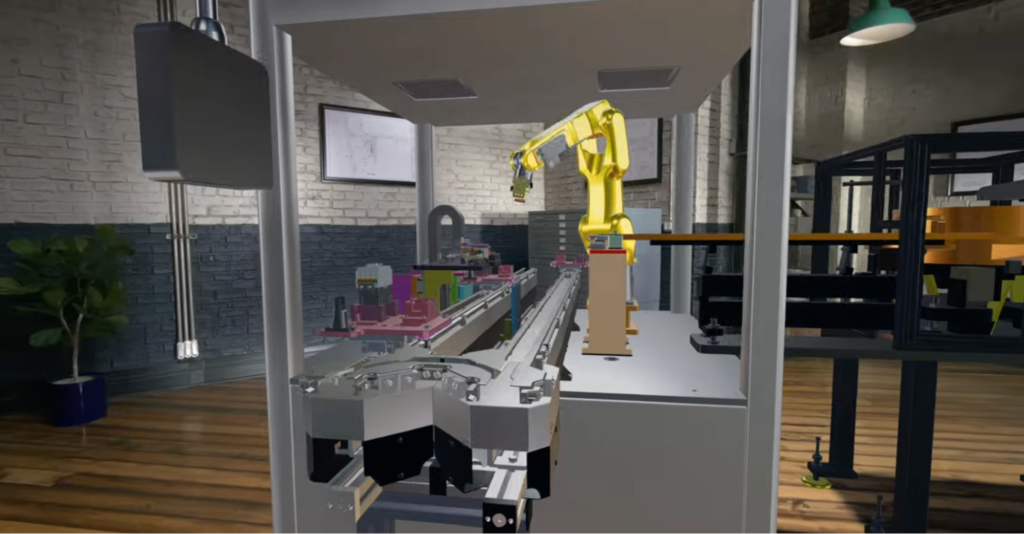
2. Conducting high-value sales
Enterprises selling high value goods such as specialized machines and luxury cars can use the Vision Pro to deliver immersive and interactive demo experiences to their clients, thereby cutting down the sales cycle. Moreover, they can leverage the headset’s eye-tracking capabilities to figure out exactly which features and configurations users pay more attention to, in order to refine their future offerings.
3. Updating the Human Machine Interface
Typical industrial software interfaces are built for function over user experience, and don’t go through any updates once deployed. As such, it becomes difficult to derive meaningful and timely insights from them. However, the basic tenet of spatial computing is that it allows humans to interact with machines more intuitively. With Apple Vision Pro, you can anchor 3D spatial interfaces to actual machines in order to interact with them more seamlessly. For example, consider a Wind Farm operator who can see the power output status of turbines on the turbines itself, or a Ship Engineer who can understand what’s going on with an engine just by looking at it.
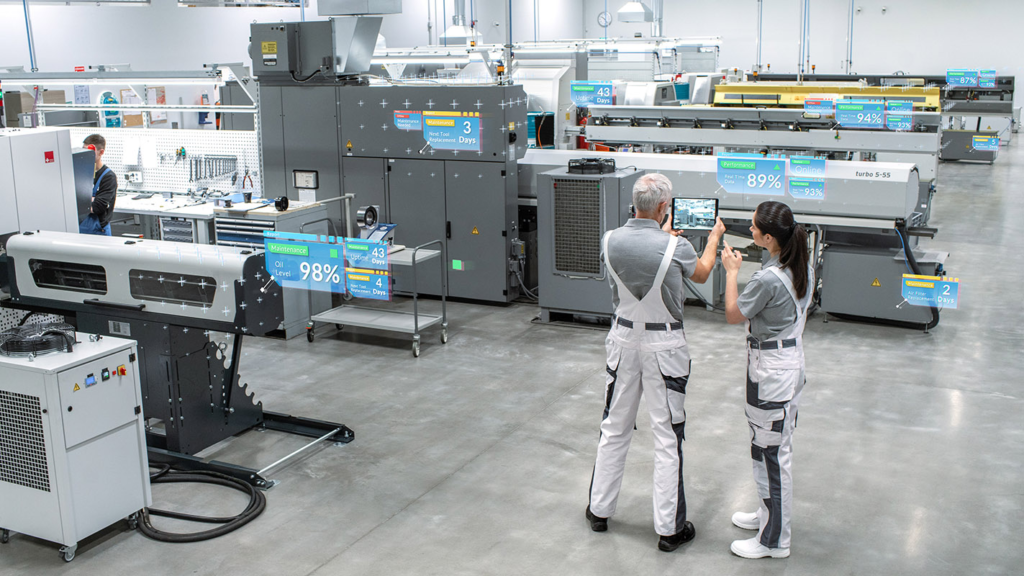
4. Using Digital Twins
An extension of Human Machine Interface, Digital Twins are simply virtual representations of physical assets, processes, or systems. With Apple Vision Pro, Managers and plant heads can use Digital Twins to visualize assets on their table tops in order to monitor performance, predict maintenance needs, and simulate scenarios for better decision-making.
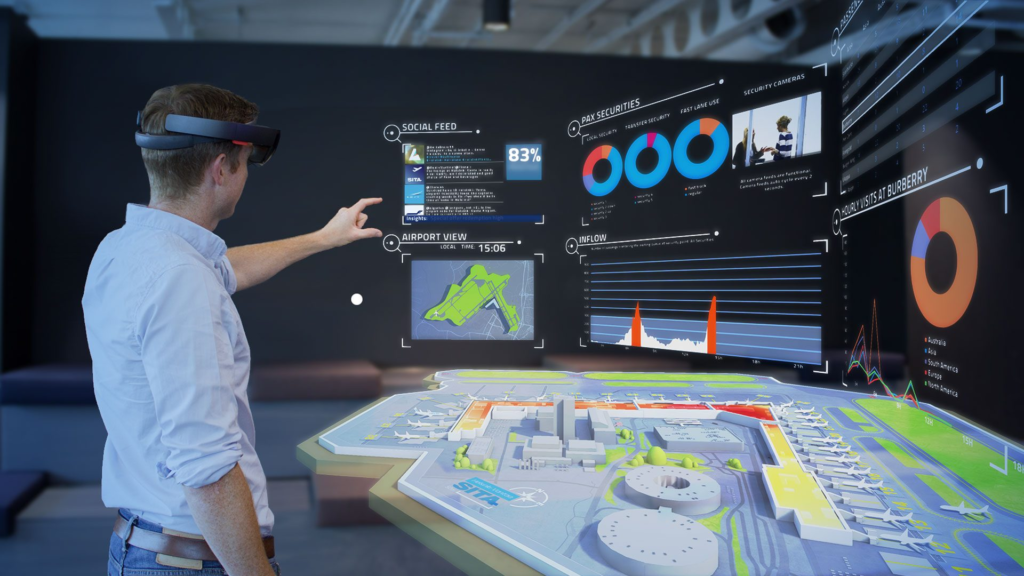
5. Creating exciting entertainment experiences
Sports Enterprises like the NBA, F1, and IPL can use the Vision Pro to deliver immersive sports experiences to consumers by streaming a live 3D Digital Twin rendition of the games, and also offering novel experiences like letting virtual spectators rewind, pause, and fly around the arena in lifelike 3D.
6. Taking Data Visualization to the next level
In the keynote, Apple highlighted that Vision Pro lets you have any number of screens in any size you want. And this unlocks new potential for the Data Visualization industry. Not only can you have multiple virtual monitors to view the graphs and other visualizations of big data, but these visualizations can be in immersive 3D, allowing you to physically handle and manipulate data points and filters.
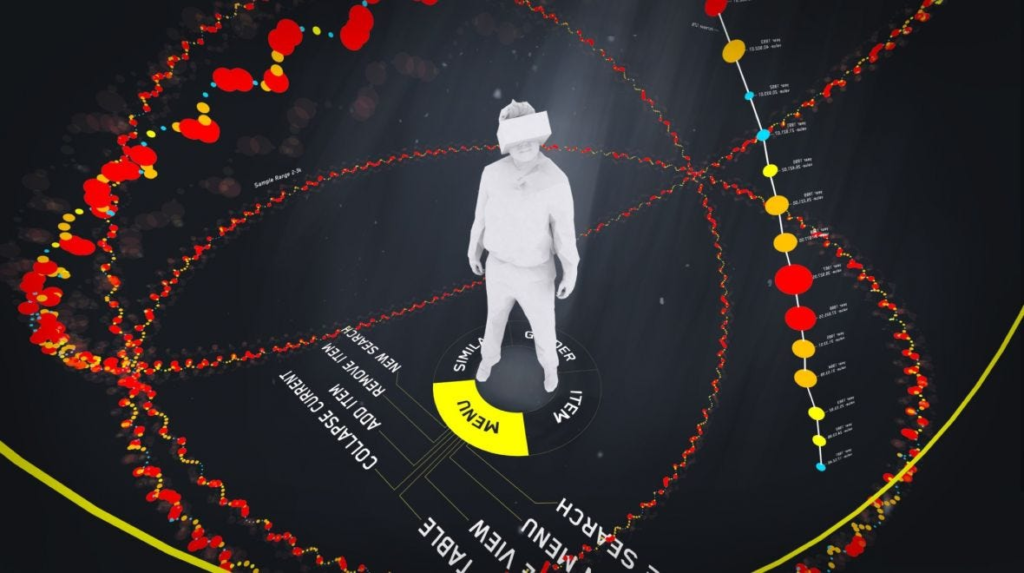
7. Collaborating with Autonomous Systems
In places where humans work alongside autonomous machines, it’s important for them to have a clear understanding of what the machines are doing and what they will do next. Let’s take the example of an autonomous tug vehicle at an airport, the purpose of which is to tow aircraft to and from gates or other designated areas within the airport. While these autonomous tugs are equipped with sensors and navigation systems to safely operate without human intervention, a human signaler needs a way to see where the tug is and where it’s going, to avoid any conflicts with the flight path.
That’s where products like VisionPro come in. With VisionPro, a flight signaler can not only tell the pilot the exact route to follow but also see a visual representation of the tug’s current position and planned path. If any changes are needed, the signaler can modify the path accordingly. In this way, VisionPro can bridge the gap between human workers and autonomous systems, enabling effective communication and coordination.
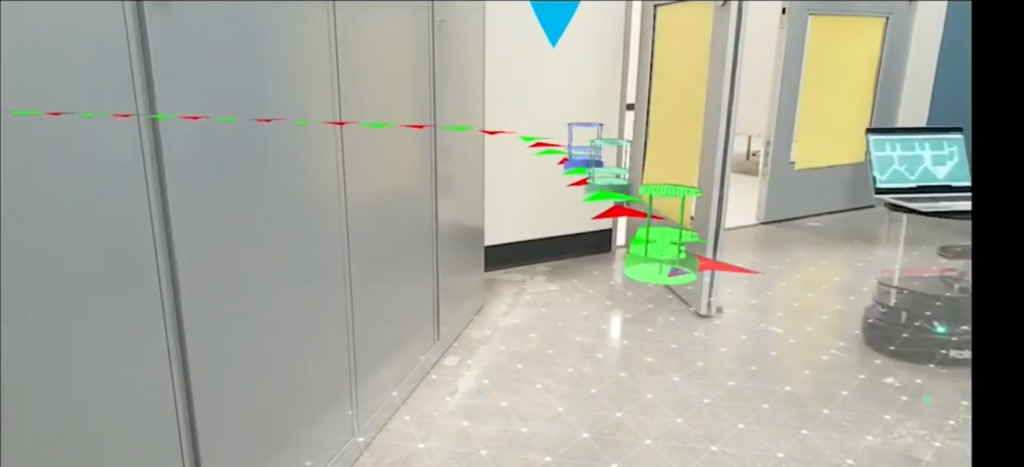
8. Design Visualization
When on-site technicians and engineers work on design systems, they have to constantly shift between viewing their actual physical environment and their design documents. This back and forth wastes time and efforts, and increases the possibility of mistakes. By integrating VisionPro into their workflow, technicians can project the design of a system they’re working on directly on the job at hand, giving them a sort of X-Ray vision. For example, think of an Electrical Engineer visualizing exactly where power lines lie beneath the surface without having to refer to design files, enhancing their ability to work seamlessly between the design and the real world.
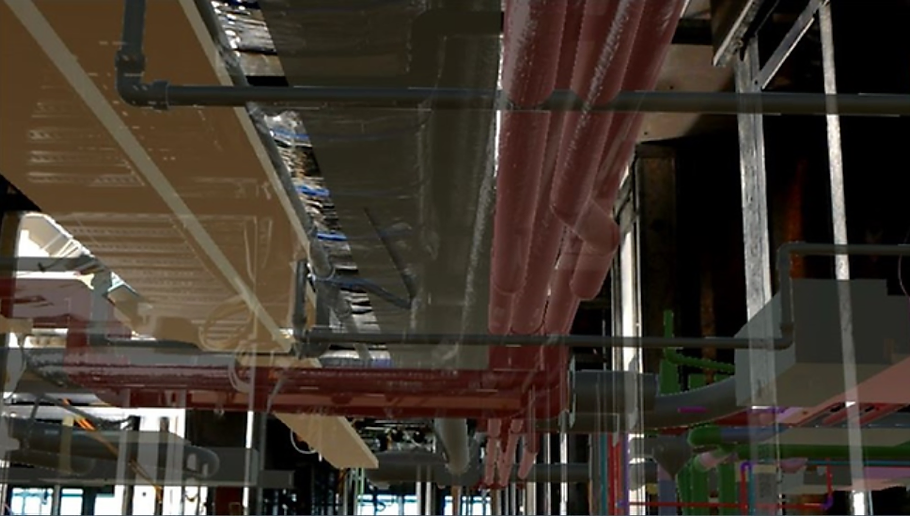
9. Internal Collaboration
Enterprises are large and consist of experts that bring various skills and perspectives to each project. As such, collaboration between these stakeholders is key to working effectively. Vision Pro has a myriad of features inbuilt for this purpose, allowing people to communicate and collaborate in an entirely new way.
In these 9 ways, enterprises can leverage Vision Pro right from day 1. More use cases will undoubtedly present themselves once we get our hands on the device and start experimenting. By then, the world will be ready to move from 2D interfaces to 3D experiences, and businesses will be able to unlock their true potential with spatial computing.
Over the last eight years, XR Labs has built an exclusive portfolio of Spatial Computing solutions across verticals such as Automotive, Aerospace, Chemicals, Energy, Manufacturing, Retail, Pharma, Telecom etc. We currently have over 40 Fortune 500 companies as our clients, and would be happy to add yours to the list!
Contact us for a free consultation on how your organization can leverage VisionPro. Shoot us an email at hello@xrlabs.co or call +91 7845863639 today.
Related Articles
Get ready for the next generation of immersive experiences! Explore what’s in store with Meta Quest 3, Meta’s latest XR headset. Don’t miss out!
The Metaverse has emerged as a force to be reckoned with in our ever-evolving digital landscape, revolutionizing the way businesses engage their customers. And one arena they have begun exploring in gusto is shopping.
Now, nearly 40 years later, we find ourselves on the cusp of yet another reinvention of the personal computer, once again by Apple. It is speculated that the company will debut its much awaited XR headset at its Worldwide Developers Conference on June 5th.


